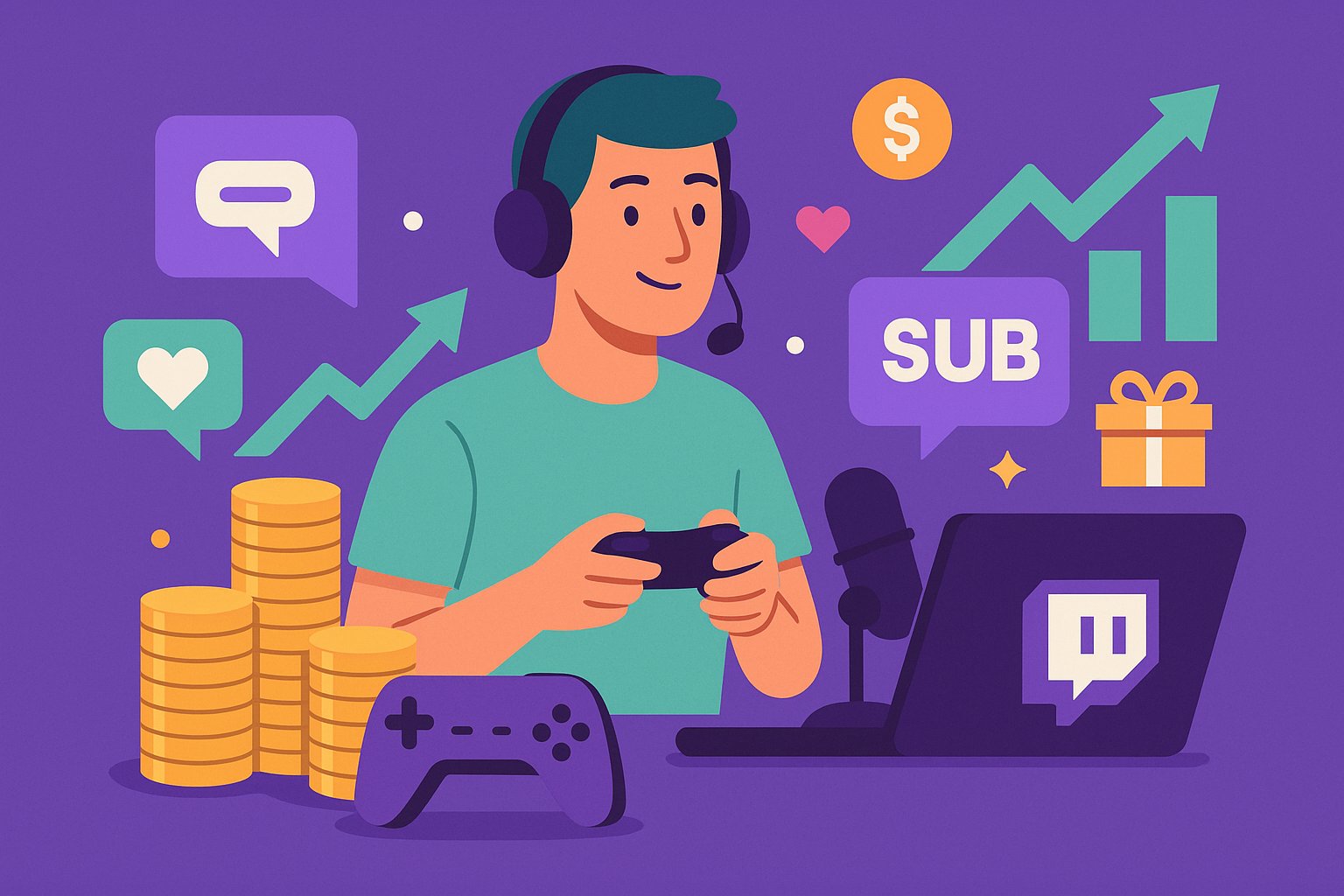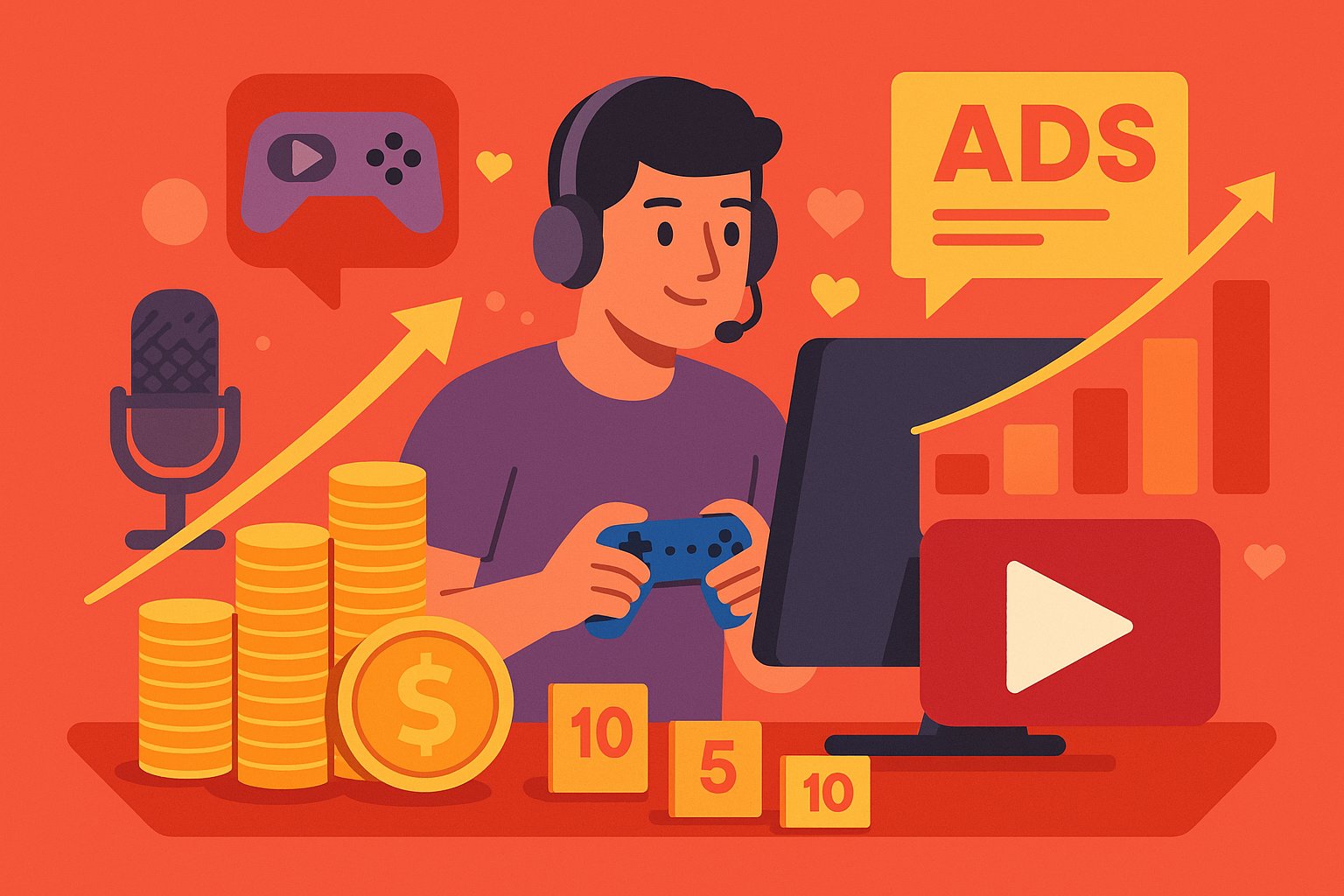A New Chapter in Game Development Funding
The dawn of crowdfunding ushered in an unprecedented era for indie game studios hungry for capital and creative freedom. No longer shackled to traditional publishers’ grueling approval processes, developers discovered a direct pipeline to their most enthusiastic supporters: backers who would finance their vision before a single line of code was written. At the heart of this revolution lies Kickstarter’s distinctive revenue split and all-or-nothing model, which not only safeguards projects from underfunding but also forges a powerful alliance between creators and their communities. In this comprehensive exploration, we’ll unpack how Kickstarter’s approach enabled countless creative game endeavors to flourish, transforming ideas into playable realities and reshaping the very fabric of interactive entertainment.
Crowdfunding: The Catalyst for Creative Autonomy
For decades, aspiring game developers navigated a labyrinth of venture capital pitches and publisher gatekeepers, often sacrificing artistic vision in exchange for the resources needed to ship their titles. Crowdfunding changed the landscape by placing the power of patronage directly into the hands of players. Kickstarter’s all-or-nothing structure ensures that campaigns only receive funds if they meet their goal, a feature that fosters trust among backers by guaranteeing sufficient capital to deliver on promises. This approach emboldens developers to dream big—whether they’re sculpting hand-animated pixel art, weaving intricate narratives, or experimenting with unconventional mechanics—safe in the knowledge that their community’s collective support will either fully fund their venture or signal the need to rethink and re-pitch.
Designing the Revenue Split: Aligning Incentives
Kickstarter’s platform fee, typically 5 percent of the total funds raised, combined with payment processing costs, represents the only direct slice Kickstarter takes from successful campaigns. The remaining 95 percent flows straight into developers’ coffers, a stark contrast to legacy publishing deals where creators often receive a fraction of net profits after extensive deductions. This transparent, minimal fee structure aligns incentives: Kickstarter thrives when creators succeed, backers have confidence that their pledges make a real impact, and developers retain meaningful control over their budgets. By reducing the platform’s cut and streamlining revenue sharing, Kickstarter ignited a wildfire of creative game projects that traditional funding models simply could not match.
The All-or-Nothing Model: Building Backer Confidence
Central to Kickstarter’s game-changing approach is its all-or-nothing funding mechanism. When a developer sets a funding goal, they define the minimum budget required to realize their vision. If the campaign reaches or exceeds that goal within a set timeframe, pledges are collected and delivered to the creator. If it falls short, no money changes hands, and backers’ credit cards remain untouched. This binary outcome mitigates risk on both sides: creators avoid the burden of launching an underfunded project that would disappoint supporters, and backers feel assured that their contributions will be deployed effectively. The psychological boost of watching a campaign climb toward its target fosters community excitement, turning each pledge into a vote of confidence that propels momentum.
Reward Tiers: Cultivating Community Engagement
While Kickstarter’s revenue split remains straightforward, the platform empowers creators to craft intricate reward structures that deepen backer involvement. Game developers typically assemble tiered pledge levels—digital copies of the game at lower contributions, limited-edition art books and soundtracks at mid-levels, and bespoke collectibles or design input sessions at premium tiers. These rewards serve as tangible acknowledgments of backer support, reinforcing a sense of shared ownership. By thoughtfully curating tier benefits that resonate with their audience—such as naming characters after top backers or granting early access to alpha builds—developers transform supporters into active participants who feel personally invested in the project’s success.
From Prototype to Playable Alpha: Milestones and Stretch Goals
A hallmark of many successful Kickstarter game campaigns is the integration of clear development milestones and stretch goals. Once a campaign surpasses its initial funding target, creators unveil additional features or content unlocked by higher pledge totals. Perhaps voice acting is added for a particular character, or a new multiplayer mode is commissioned. These stretch ambitions reignite campaign energy, incentivizing backers to increase their pledges or recruit friends to support the project. Crucially, Kickstarter’s revenue split structure ensures that extra funds directly underwrite these enhancements rather than being siphoned off by intermediaries. This direct injection of capital empowers studios to expand their scope responsibly, enriching the final product while maintaining transparency about resource allocation.
Empowering Indie Studios: Case Studies in Success
Kickstarter’s impact on indie game development is vividly illustrated by success stories such as “Shovel Knight” and “Undertale.” Yacht Club Games turned a modest $75,000 goal into over $300,000, funding a retro-inspired platformer that would go on to receive critical acclaim and robust sales. Toby Fox’s “Undertale,” born from a $5,000 campaign, leveraged its backer community to refine gameplay mechanics and narrative branches before launch, ultimately shaping a cult classic. These triumphs underscore how Kickstarter’s minimal revenue split and all-or-nothing ethos equip small teams with the financial means and creative latitude to deliver polished, ambitious titles that might have otherwise languished in development limbo.
Fostering Long-Term Relationships Beyond Funding
The bond between creators and backers extends well past the campaign’s conclusion. Kickstarter’s model encourages ongoing dialogue through project updates, behind-the-scenes sneak peeks, and community polls. Developers often share progress videos, concept art, and technical deep dives, cultivating trust and accountability. Backers, in turn, become ambassadors, organically amplifying the game’s visibility through social media, word-of-mouth, and fan-created content. This sustained engagement transforms one-time pledges into lasting relationships, fueling potential success on post-campaign sales channels—whether through digital storefronts or physical retail releases. In this ecosystem, Kickstarter’s revenue split and community-driven mechanics act as a springboard, not a final destination.
Managing Expectations: Transparency and Trust
Although many games funded on Kickstarter have soared to success, the platform’s all-or-nothing model does not guarantee smooth development. Scope creep, technical hurdles, and delays can strain budgets and timelines. To uphold backer confidence, creators must practice diligent transparency, sharing realistic timelines, detailed budgeting breakdowns, and honest explanations of setbacks. Kickstarter’s revenue split ensures developers retain sufficient funds to address unforeseen challenges, but responsible stewardship of those resources is paramount. By maintaining open channels of communication and setting clear expectations, studios safeguard their reputations, enhancing the prospects of future crowdfunding endeavors.
Expanding Horizons: Post-Launch Revenue Streams
While direct Kickstarter pledges constitute the initial fuel for development, successful indie games often tap into complementary revenue streams after launch. Digital marketplaces like Steam, GOG, and console storefronts provide ongoing sales, while downloadable content expansions, cosmetic microtransactions, and soundtrack releases can generate additional income. Kickstarter’s initial revenue split—coupled with the robust community it fosters—gives developers a launchpad to build sustainable business models. The enthusiasm and goodwill of backers frequently translate into early adopters and vocal advocates, driving organic traction and bolstering post-campaign sales. In this manner, Kickstarter’s funding approach serves as the cornerstone, with supplemental revenue structures building long-term viability.
Navigating Challenges: Lessons from Failed Campaigns
Not every Kickstarter game reaches its funding goal, a reality intrinsic to the platform’s all-or-nothing design. Campaigns that fall short offer valuable lessons: nebulous pitches, unfocused marketing, or unclear reward tiers can deter potential backers. When campaigns fail, developers have an opportunity to refine their prototypes, shore up community feedback, and reimagine their pitch for a relaunch. Kickstarter’s revenue split framework poses minimal downside risk in these instances—no funds change hands—allowing creators to regroup without the burden of investor debts. By analyzing shortcomings and iterating on presentation, many teams eventually secure the backing needed to bring their visions to life.
The Rise of Collaborative Development
Beyond traditional reward tiers, some pioneering Kickstarter game campaigns have experimented with collaborative development models, offering backers direct influence on design decisions. Through tiered “design partner” levels, backers contribute to enemy balancing, level layouts, or even narrative branching choices. This deep integration fosters a sense of co-creation, aligning the revenue split mechanics with shared creative ownership. While such models demand sophisticated project management and clear governance structures, they epitomize Kickstarter’s core ethos: crowdfunding is not merely a financial transaction but a collaborative journey where backers and creators converge to shape the final experience.
Comparing Kickstarter to Evolving Crowdfunding Platforms
Although Kickstarter remains synonymous with creative crowdfunding, a host of platforms—Indiegogo, Fig, and Gamefound—have emerged, each with distinct revenue and funding models. Indiegogo’s flexible funding allows creators to keep funds even if goals aren’t met, albeit with higher platform fees. Fig introduced revenue-sharing investments, where backers receive a cut of post-launch profits rather than tiered rewards. Gamefound focuses specifically on tabletop and board-game crowdfunding, offering community engagement tools tailored to game design. Despite increased competition, Kickstarter’s minimal fee structure, global reach, and prioritization of all-or-nothing funding continue to make it the go-to destination for indie digital game campaigns seeking creative independence and robust community engagement.
Charting the Future: Innovations in Crowdfunded Game Development
As blockchain technologies and decentralized finance mature, we may witness new crowdfunding paradigms that further blur the line between backer and stakeholder. Tokenized equity offerings could enable backers to hold fractional ownership in game IP, sharing ongoing royalties through automated smart contracts. Play-to-earn mechanics might integrate crowdfunding with in-game economies, rewarding early supporters with exclusive NFTs or digital assets that retain real-world value. While regulatory and technical hurdles remain, these innovations build on Kickstarter’s foundational revenue split principles: minimal platform cuts, community-driven funding, and shared creative investment. As platforms evolve, the underlying ethos of empowering creative game development through equitable revenue sharing will continue to inspire fresh models.
A Blueprint for Creative Empowerment
Kickstarter’s pioneering revenue split and all-or-nothing funding model have fundamentally reshaped the trajectory of indie game development. By aligning the interests of creators and backers, minimizing platform fees, and fostering transparent, community-driven campaigns, Kickstarter ignited a renaissance of creative experimentation. From the first pixel sketches to the triumphant launch trailers, every stage of development benefits from the solid financial foundation established by backer pledges. As emerging technologies and alternative crowdfunding platforms expand the toolkit available to developers, the core lesson endures: when creatives maintain control of their budgets and share both risks and rewards with their audience, the result is a vibrant ecosystem of games that push artistic boundaries and captivate players worldwide.




